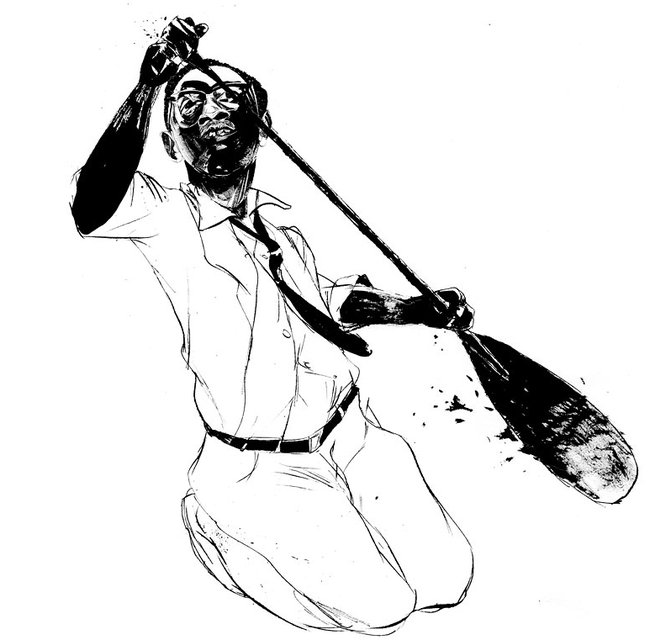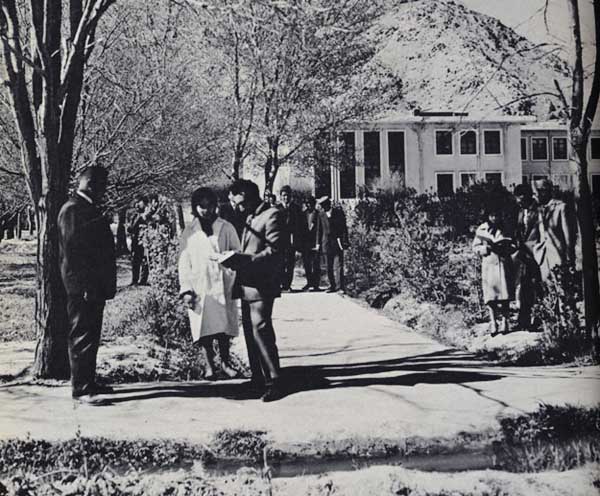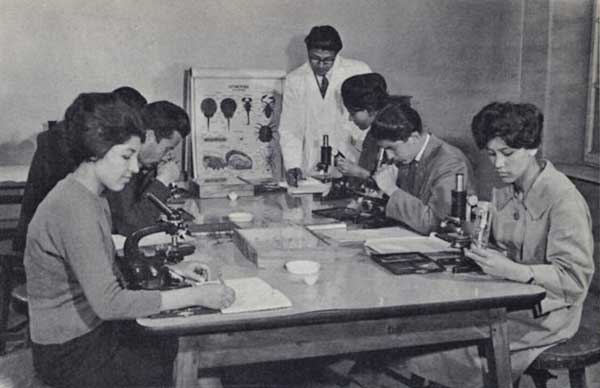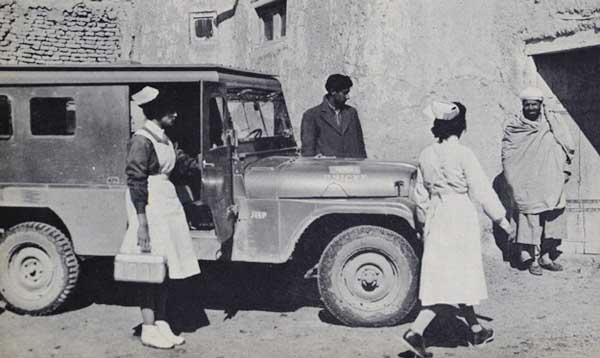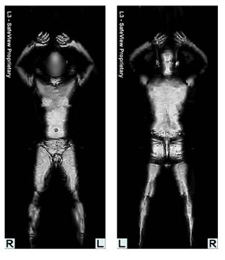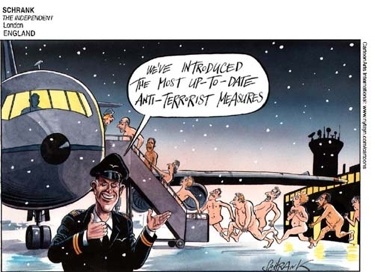Subscribe to ShahidulNews
Islamic Sharia Laws
15 Apr 2011, NewAgeIslam.Com
Saved by the Sharia
By Dr Mahjabeen Islam
The questions in the Pakistani mind centre around the vast difference between an American life and a Pakistani one. There is furore over the US?s chest-thumping pronouncements about the supremacy of the law and then its flagrant violation in other countries
It is hip to hate sharia or Islamic law in the US. Many a Republican is jumping on the bandwagon and Representative Don Wells (R Cabool) even likens it to polio. That a CIA spy who killed two Pakistanis was freed because of it is quite ironic.
In late January, Raymond Davis was driving in a populated area of Lahore when he killed two Pakistanis, photographed their bodies and radioed for help wherein an American consular vehicle rushed to the scene, crushing a bystander to death in the process. Davis? car was loaded with arms and his cell phones showed contact with terrorist groups. Davis was arrested and started a diplomatic frenzy wherein the US maintained that he had diplomatic immunity and Pakistan?s foreign minister, Shah Mahmood Qureshi, was fired for not toeing the line, for he and his department maintained that Davis did not. Even President Obama invoked the Vienna Convention that confers diplomatic immunity insisting that Davis was an embassy employee. The Vienna Convention however confers diplomatic immunity in the pursuit of diplomatic duties and running around with unlicensed arms does not fall in that arena.
The American mantra did not change. For four weeks, under severe public pressure, the Pakistani government ran from pillar to post, frazzled but loathe to annoy its benefactor. And then someone had an epiphany: blood money or the qisas and diyat law.
Under sharia law, in the event of grievous injury or murder, the case must first go to court and a verdict pronounced. Thereafter, it is the victim?s family?s prerogative to either go with full retribution/an eye for an eye (qisas) or monetary compensation (diyat) with consequent forgiveness, or complete forgiveness with neither qisas nor diyat. The Qisas and Diyat Law has been part of Pakistan?s legal system for the last 30 years and the Federal Shariat Court specialises in cases of this nature. Monetary compensation is calculated in the case of murder as the cost of approximately 30,000 grams of silver.
In the Davis case, one of the victims? widows committed suicide and on her deathbed repeatedly said that she was killing herself as she was not getting justice and she wanted ?blood for blood?. The families of both of Davis? victims repeatedly said that they did not want compensation but justice.
Senator John Kerry visited Pakistan and CIA Director Leon Panetta visited President Zardari and Pakistan?s CIA counterpart, ISI Director General Ahmad Shuja Pasha a few weeks ago. Many a Pakistani antennae went up when David Ignatius wrote of the concept of blood money in The Washington Post.
Pakistan is famous for its bureaucracy and its maddening inefficiency. Yet, in a matter of two hours the attorneys for the victims? families were changed, their original attorneys detained, a one-by-one questioning of 18 family members by the judge about their compensation and forgiveness, and the whisking away of Davis to a waiting US Air Force jet at Lahore airport were all accomplished.
A total of $ 2.34 million was divided among the 18 family members, not by the US but some fund of the Pakistan government. The ingratiation of Zardari to the US is so complete that the vanity of the US was also kept in mind: no precedent was to be created in which the US might find itself paying blood money for its wayward spies. Foreign Policy magazine reports a Pakistani official as saying that the US promises to pay Pakistan back in the future.
The victims? families went into hiding for fear of public humiliation and were later tracked down by the media. The anger and outrage in Pakistan over Davis? hurried release is widespread and spans all sectors of society from students to lawyers.
Even relatively US-friendly scholars have clearly stated that the Qisas and Diyat Law was misapplied for the court should have given a verdict first. Religious scholars state additionally that Davis committed an act of terror against a nation and the Law of Qisas and Diyat does not apply in this case. An appeal against the disposition of this case has been filed with the Supreme Court of Pakistan. But the futility of that is obvious. It is all semantics now; Davis is gone.
The greater issue is what is raging in the Pakistani mind: the US?s flagrant double standards. In 1997, Mir Ajmal Kansi killed two CIA agents outside Langley, disappeared, surfaced in Pakistan and was handed over to the US by Pakistani authorities and executed. In 1995, Ramzi Yousef was extradited to the US by Pakistan, convicted of the 1993 World Trade Centre bombing and given two life sentences. In September 2010, another Pakistani, Dr Aafia Siddiqui, an MIT graduate and frail mother of two, was convicted in Manhattan of armed assault, carrying a firearm and three counts of assault on US officers and sentenced to 86 years in prison, essentially a life-term.
The questions in the Pakistani mind centre around the vast difference between an American life and a Pakistani one. There is furore over the US?s chest-thumping pronouncements about the supremacy of the law and then its flagrant violation in other countries. The sudden, suspicious release of Davis stokes the self-respect of the common Pakistani, entrenches anti-Americanism and catalyses extremism.
I am appalled at the wholesale caving in of the farcical Zardari government but it is a disaster on wheels; I know and expect it. It is primarily the US that I am so ashamed of and so scared for. It is not exporting peace, justice and democracy; it is just the super-bully of the world. With blinders on to boot. Pakistanis thought that the US would be forever grateful for Raymond Davis? miraculous exit and all kinds of overtures would occur to curb anti-American sentiments. The very next day American drones bombed northern Pakistan and killed 42 villagers. Thank you Pakistan, we will do it again.

